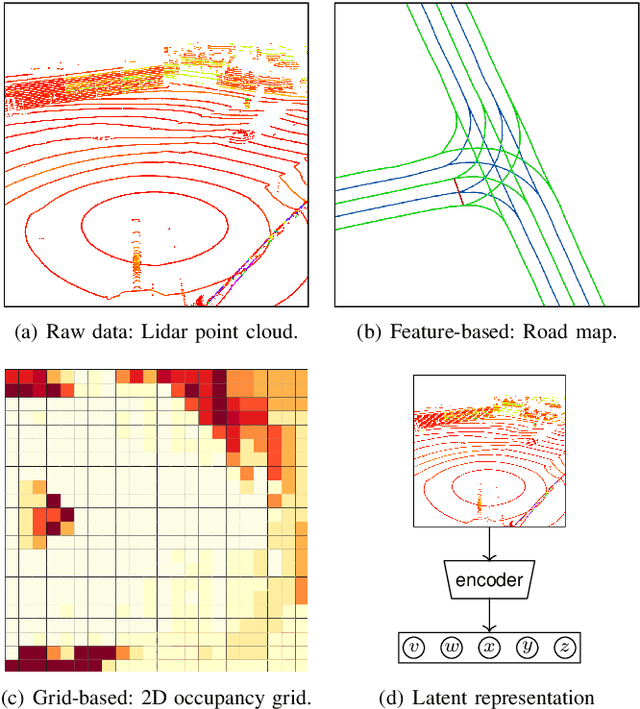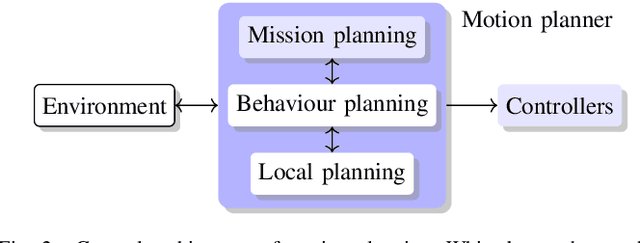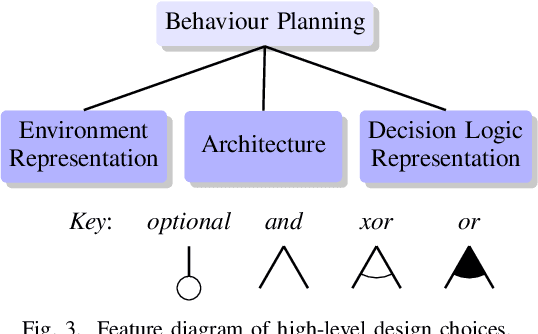Frédéric Bouchard
3D-2D Neural Nets for Phase Retrieval in Noisy Interferometric Imaging
Feb 08, 2024Abstract:In recent years, neural networks have been used to solve phase retrieval problems in imaging with superior accuracy and speed than traditional techniques, especially in the presence of noise. However, in the context of interferometric imaging, phase noise has been largely unaddressed by existing neural network architectures. Such noise arises naturally in an interferometer due to mechanical instabilities or atmospheric turbulence, limiting measurement acquisition times and posing a challenge in scenarios with limited light intensity, such as remote sensing. Here, we introduce a 3D-2D Phase Retrieval U-Net (PRUNe) that takes noisy and randomly phase-shifted interferograms as inputs, and outputs a single 2D phase image. A 3D downsampling convolutional encoder captures correlations within and between frames to produce a 2D latent space, which is upsampled by a 2D decoder into a phase image. We test our model against a state-of-the-art singular value decomposition algorithm and find PRUNe reconstructions consistently show more accurate and smooth reconstructions, with a x2.5 - 4 lower mean squared error at multiple signal-to-noise ratios for interferograms with low (< 1 photon/pixel) and high (~100 photons/pixel) signal intensity. Our model presents a faster and more accurate approach to perform phase retrieval in extremely low light intensity interferometry in presence of phase noise, and will find application in other multi-frame noisy imaging techniques.
Design Space of Behaviour Planning for Autonomous Driving
Aug 21, 2019



Abstract:We explore the complex design space of behaviour planning for autonomous driving. Design choices that successfully address one aspect of behaviour planning can critically constrain others. To aid the design process, in this work we decompose the design space with respect to important choices arising from the current state of the art approaches, and describe the resulting trade-offs. In doing this, we also identify interesting directions of future work.
 Add to Chrome
Add to Chrome Add to Firefox
Add to Firefox Add to Edge
Add to Edge